Spinach is one of the most famous leafy vegetables in the world. Popularly known for its depiction in the cartoon show Popeye: The Sailor Man, spinach is one of the most valued sources of calcium. Spinach is said to belong to the Amaranthaceae family and has its roots in Persia (now Iran), and is deeply connected with quinoa and beets. Let’s check out the best practices to grow Spinach/Palak at home.
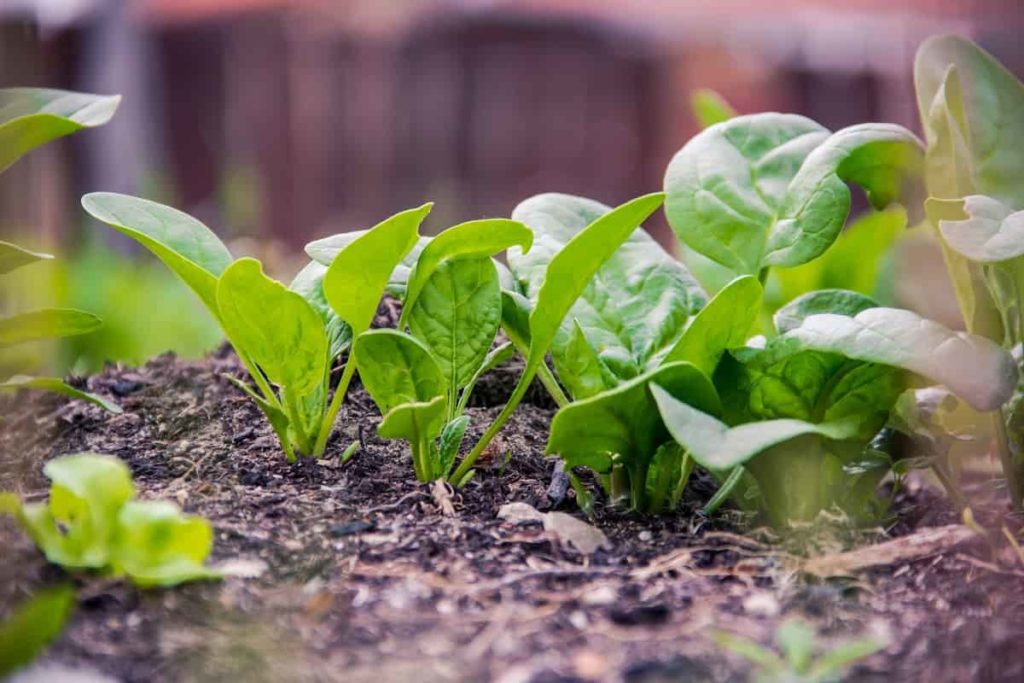
The scientific name of spinach is Spinacia Oleracea. It is said to have the ability to increase the hydration process of the human body, thereby strengthening the immune system. Spinach is also a great source of vitamin A which helps in keeping the eyes healthy. In addition, its extracts are used as a part of calcium supplements.
Not only because of its medicinal value, spinach is also famous for its fantastic taste and the ability to be combined with different varieties of dal and other vegetables to have a variety of flavors. Therefore, it is usually consumed in combination with either other leafy vegetables or with any variant of dal. Additionally, spinach contains vitamins A, K, and C and is packed with nutritious elements.
Since the COVID pandemic has hit the world, people have been keen on eating clean and healthy. As a result, people have started to farm their vegetables either in the backyard of their homes or on their farms. Below are some of the commonly asked queries about growing spinach at home.
Best practices to grow Spinach/Palak at home
How can I grow spinach at home?
Yes, spinach can be grown at home. It is feasible to be produced on open backyard farms. The entire process, from sowing seeds to harvesting the crop, takes only 60 days, approximately two months. Spinach yields best when grown along with herbs. The required temperature and soil conditions are nothing different from other crop requirements. And one of the significant advantages of growing spinach at home is the potential of spinach to grow back from the previously cut position, provided the growing edge is not chopped off during harvest.
How long does spinach take to grow?
Leafy vegetables have a higher growth rate and productivity, which is why they are available throughout the year. Spinach plant usually takes around six weeks to attain the harvesting stage, provided all the conditions of weather and care are satisfied. However, it can be harvested throughout the year, making it evident that spinach needs comparatively less time to yield than other crops.
Which is the best month to grow spinach?
Spinach demands shady conditioning in its earlier stages of growth, generally for six weeks. The weather, however, cannot be too cold for the seed, as it may hinder the first seed germination process. Therefore, the ideal time for sowing the spinach plant seeds would be late winter when it is neither too cold nor dry. In the Indian sub-continent climate, it would be best to grow spinach in late January or February. This is because the weather will be best suitable for harvesting the freshly yielded crop six weeks post seed sowing.
How much spinach can one acre produce?
As spinach is a leafy vegetable, the production would be higher than those that yield as fruit or flower. On average, the produce of one acre of spinach farm ranges from 4,000 to 5,000 pounds of spinach. However, this number varies from location to location and the corresponding climatic conditions. Though spinach is popularly grown in India, the top countries producing spinach are China, the United States, Japan, and India.
In case you missed it: Growing Spinach In Containers Information
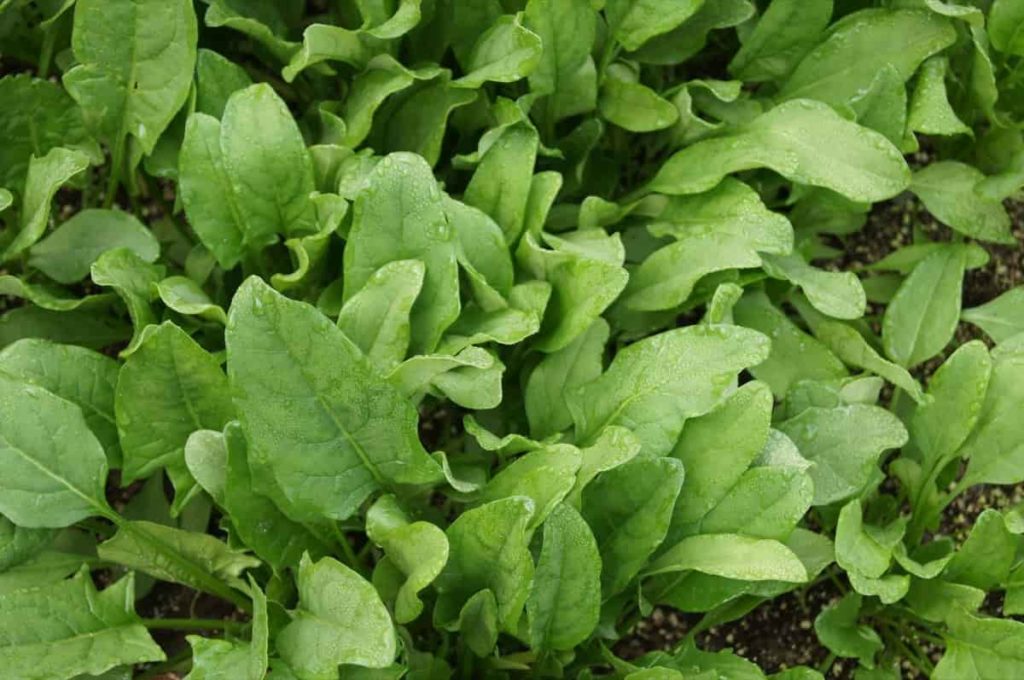
What is the lifespan of the spinach plant?
There is no specific lifetime of a spinach plant. However, it can yield throughout the year if provided with the proper conditioning and manure. Due to this reason, spinach is harvested throughout the year and can be grown in almost any season. The average time for a new seed to yield is six to eight weeks. If the spinach plant is cut to plant elsewhere, the pieces stay fresh for ten to fourteen days before they start to wither and eventually dry out.
Does spinach need full sun?
Spinach does not need full sun as it grows better in the shade. However, it does require an adequate amount of sunlight to survive and to be able to perform photosynthesis. Spinach plants cannot tolerate long hours of sun or warmth. If exposed to sunlight for more than 16 hours a day, the leaves would grow bitter, and the plant would eventually wither off.
How much water does spinach need?
In general, spinach demands fewer amounts of water. Once a week, one to two inches of water over the soil level is enough for the plant to thrive and yield. The water requirement is relatively low as the crop grows in winter and shady lighting conditions with little sunlight. It is advisable to water the plant several times a week in limited quantities rather than once a week to avoid overdosing on water and supplying water to keep the soil wet more productive than watering till two inches above the soil level.
How can we increase the yield of spinach?
The natural yield of spinach is naturally more. However, this yield can be further increased by adding mulch to the top layer of the soil and keeping it moist by frequent watering. The type of soil used can also greatly influence the yielding and productivity of spinach. Loamy but wet soil with a well-draining arrangement is best suitable to obtain optimum growth.
In case you missed it: Spinach Farming Information Guide
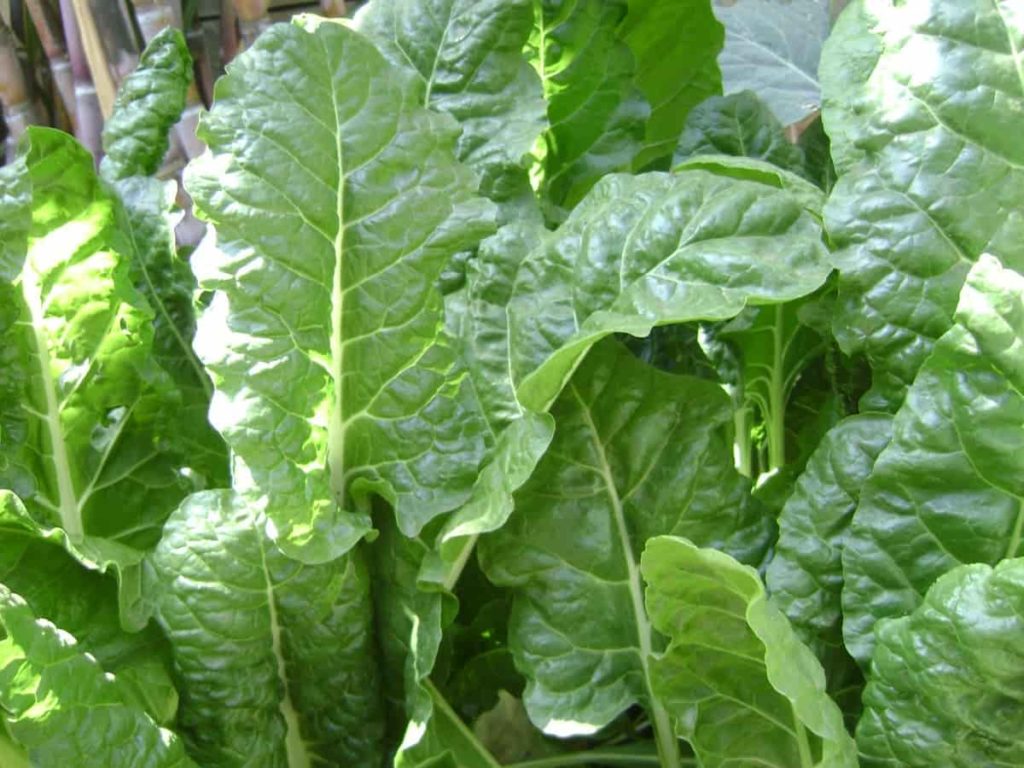
What type of soil is best for spinach?
Spinach grows to its full potential when planted in rich soil, which is well capable of draining water. Therefore, the soil nature should be slightly acidic or neutral. The ideal pH value lies between 6.5 and 7. Adding either manure or any natural compost to increase the nutritional value can benefit the growth rate and increase the yield. Experienced cultivators employ soil beds combined with rich manure and adequate compost for quick and better productivity.
Can we grow spinach in pots?
Yes, spinach can be feasibly grown in pots. However, long and wide pots of at least 12-15 inches in diameter are preferred, as spinach forms long roots in the soil, and the pot needs to contain them properly. In addition, the soil is placed in the pot up to a height of feet to keep the soil intact and help ensure water draining and prevent water retention.
Can spinach get too much sun?
No, spinach cannot get too much sun. It is fatal for the plant and to the adjacent plants too. The ideal time for sun exposure for a spinach plant is meager, like 2-3 hours a day at maximum. This sunlight is enough for the plant to perform photosynthesis and gain energy. In the initial stages, more sunlight can be recommended for seed germination. This also depends on the level of soil cover on the seed. Usually, the seed is placed two inches deep in the soil, protecting it from excess sunlight if exposed for longer durations.
In case you missed it: Best Practices to Grow Brinjal/Eggplant at Home: Check How this Guide Helps Beginners
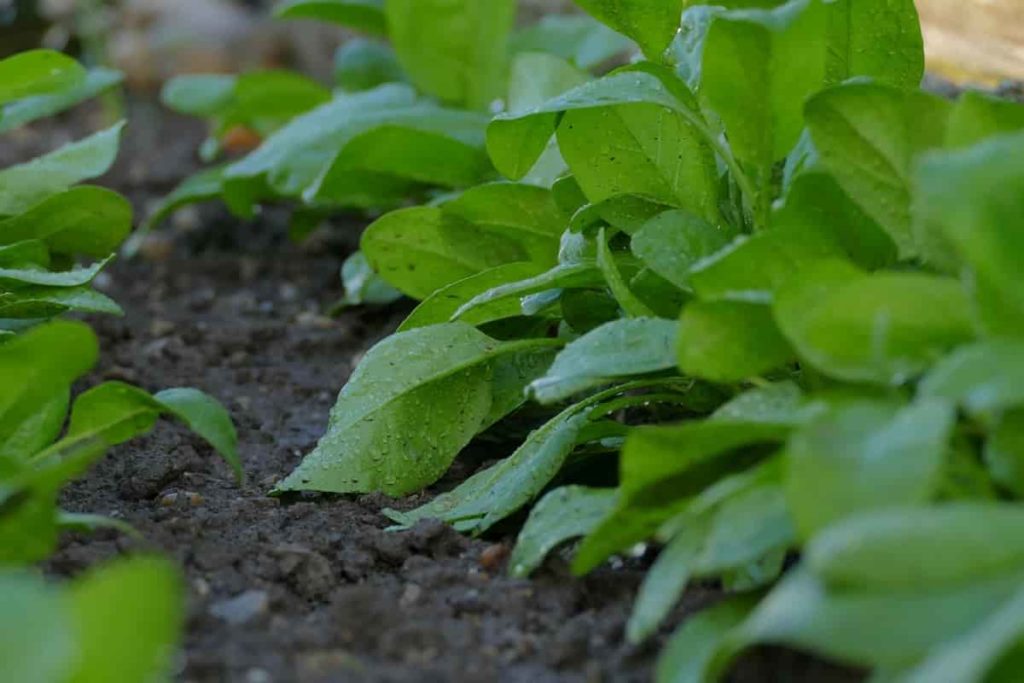
How long does it take for spinach to regrow after cutting?
Spinach can grow from the point of cutting. However, this can be possible only when the growth point is not cut off during harvesting. Usually, this point lies below the one-third height of the plant from the soil level. From this growth point after the harvest, new leaves start to grow for 3-4 weeks.
This is irrespective of the method of harvesting followed by the cultivator. Therefore, using this method, one can have multiple harvests in a single season. This method is, however, applicable provided the weather, soil, and other contributing factors are favorable.
What is the fastest way to germinate spinach seeds?
For the seeds to germinate faster, priming is done. It is the practice of soaking the seeds at room temperature for 24 hours or more. As a result, the seeds absorb enough water and initiate the process of germination even before they are sowed into the soil. With well-manured soil beds and primed seeds, it is evident that the growth of the seeds would be quicker than in ordinary cases, which can increase the harvest count.
How much spinach do you get per plant?
In general, one can expect 25-30 leaves per plant. This ensures proper manure and weather conditioning throughout the growth period of 60-70. However, this count can vary depending on various factors like the location of cultivation, the season of harvesting, and the method used. The yield and productivity can also vary depending on whether the cultivation is carried out indoors or on a farm. Usually, productivity is more significant in outdoor harvesting compared to indoors.
What is the procedure to grow spinach at home?
The process of cultivating spinach at home beings by deciding whether it is done in pots or a yard. The soil is filled up to a height of 1 ft. or more. This is due to the tendency of spinach plants to grow long roots. The seeds are sown at half to one-inch depth in the container or the soil bed. Daily watering is done just enough to keep the soil wet. The soil must be rich in nutrients and can drain water without retaining it.
The seeds germinate and form sprouts in almost two weeks. From this point, the manure and other soil nourishment are done well so that the harvest can ideally be made in 8-10 weeks. During harvesting, care is to be taken not to cut the plant more than the one-third level above the soil. This is because spinach can regrow from the point of cut, which can help have multiple harvests in a single season.
In case you missed it: Best Practices to Grow Cucumber at Home: Check How this Guide Helps Beginners
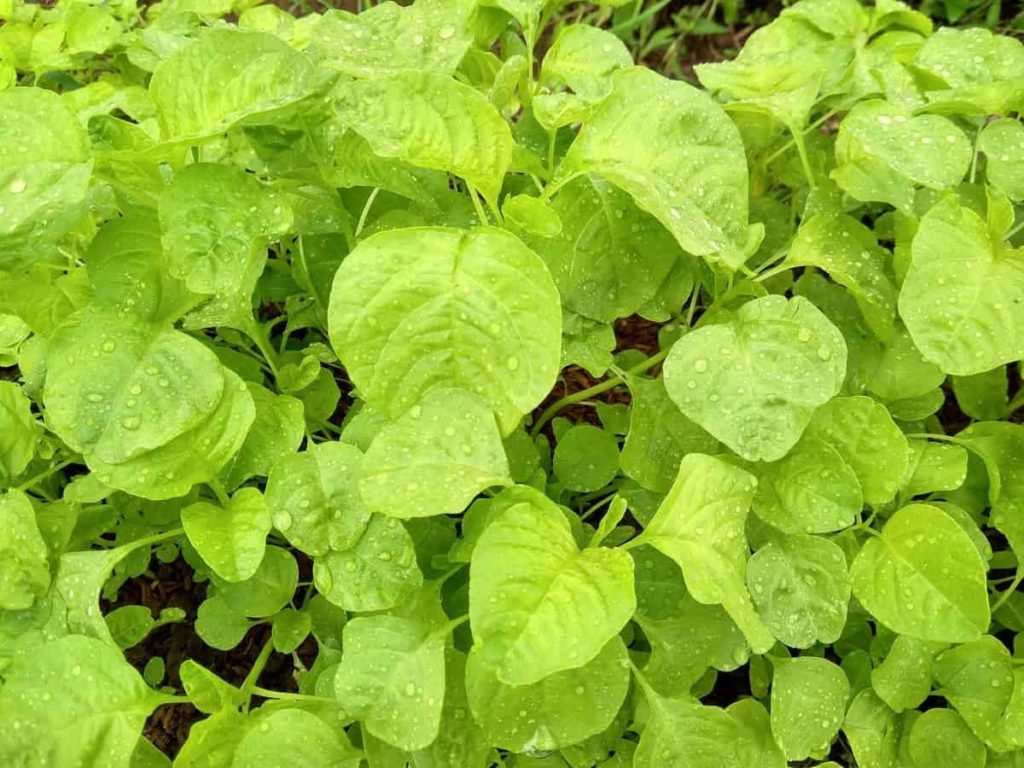
Conclusion
Above are some of the common queries on harvesting spinach at home. The fact that spinach is perennial makes it evident that it can grow in any season. Even then, the duration of harvesting can be observed in various seasons. Unfortunately, most spinach plants either wither out or get bitter due to high temperatures and excess sunlight, adding to the lack of shade. Spinach is rich in nutrients, primarily in iron and calcium.
This calcium content can help treat patients with Osteoporosis (a disease that makes the bones weak and brittle and may break even with little force). In addition, iron supply from spinach can prevent iron-deficit patients from needing anemia. Furthermore, many dieticians recommend the consumption of spinach to boost the immune system, thereby keeping them active. Oxidative stress disorders can also be cured using extracts from spinach plants.
In addition, the leaves and the plant’s stem possess medicinal value. Studies have proven spinach to help burn belly fat and supply nutrients simultaneously. However, excessive consumption of spinach has many effects. For example, one who consumes excess spinach would also experience bloating, gas-related issues, and even muscle cramps. The reason for all these problems is the time taken for digestion of spinach is more, and the body’s metabolism rate slows down. This can lead to the development of issues like diarrhea, abdominal pain, etc.
In case you missed it: Best Practices to Grow Okra at Home: Check How this Guide Helps Beginners
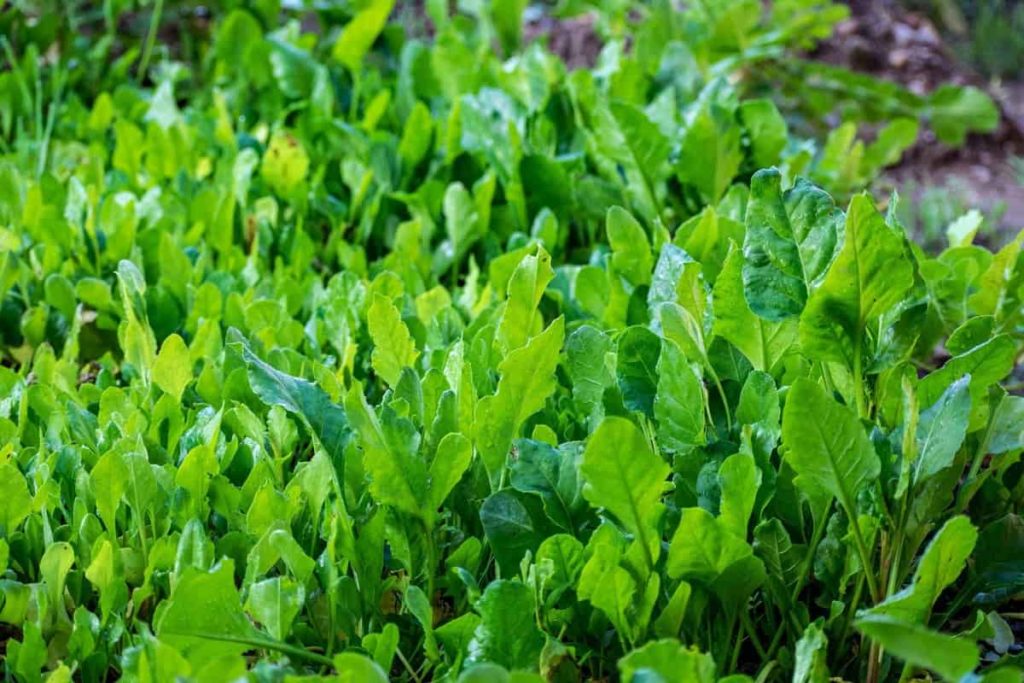
Spinach is often consumed as a smoothie when on a diet or by people who desire to eat and drink neat. This way of consuming spinach as a smoothie is scientifically more beneficial to the body than direct consumption, like in curries or a similar boiled manner. Leaving the cons aside, spinach is often consumed throughout the year, and this is the top reason why spinach is extensively treated as a commercial crop. Small-scale cultivators try to earn more profits.
- Profitable Village Farming Business Ideas in 2024
- High-Yield Aquaculture: Fast-Growing Fish for Farming
- Effective Fish Pond Construction Techniques for Beginners
- Irrigation and Water Management in Pineapple Farming
- Blossom to Harvest: Mastering Flowering and Pollination in Papaya Farming
- Pig Fattening Essentials: From Selection to Sale for Beginners
- Raising Wagyu Cattle: A Complete Guide for Premium Beef Production
- Soil Types and Their Water Holding Capacity
- Optimizing Irrigation Schedules for Coconut Groves for Enhanced Yield
- Espresso Your Garden: Coffee Grounds for Healthier Acid-Loving Plants
- The Best Soil Mix for Snake Plants: How to Mix Your Own Snake Plant Soil
- Green Thumb Success: Expert Tips for Cultivating Greenhouse Beans All Year Round
- Bloom All Year Round: The Ultimate Guide to Indoor Hyacinth Care
- Eco-Friendly Gardening: How to Make Liquid Fertilizer from Kitchen Waste
- Ultimate Guide to Grow Anise in Pots: Explore Seed Propagation to Harvesting
- Guide to Raising Chester White Pigs: Discover Breed Facts to Growth Management
- Mastering the Elegance: The Ultimate Guide to Weeping Cherry Tree Care, Planting, and Maintenance
- Ultimate Guide to Planting Garlic in Grow Bags: Growing Strategies for Beginners
- How to Fix Spider Plant Leaf-Related Problems: Natural and Organic Remedies
- 10 Reasons Why Your Tulsi Plant is Shedding Leaves: Home Remedies and Solutions
- Optimizing Growth and Yield: The Advantages of Palm Bunch Ash Fertilizer
- Utilizing Neem Oil Extract as a Natural Pesticide for Hydrangea
- From Soil to Harvest: Various Ways in Which Farmers Can Use AI Tools
- Steps to Encourage and Induce Citrus Flowers: A Comprehensive Guide
- How to Fix Snake Plant Leaf-Related Issues: Natural and Organic Remedies
- Transform Your Garden into a Fragrant Oasis with Raat Ki Rani (Night Blooming Jasmine)
- Discover the Ideal Chicken Breeds for Philippine Farms
- How to Create a Poultry Egg Farm Business Plan for Profits
- Grow Lemon Cucumbers Like a Pro: Insider Techniques for Bountiful Yields
- Ultimate Guide to Caring for Your Pink Princess Philodendron: Tips for Thriving Variegation
- Areca Nut Profit Per Acre: Calculating Yield and Cost of Cultivation
- How Kaveri Chicken is Becoming a More Profitable Breed in Indian Backyards
- Transform Your Barn: 9 Steps to Convert a Horse Stall into a Chicken Coop
- Exploring Suffolk Sheep Disadvantages with Limitations and Challenges
- Guide to Solving Potted Lemon Tree Problems: How to Revive Lemon Tree in Containers
- Steps to Encourage Female Pumpkin Flowers: Best Strategies for More Flowers and High Yields
